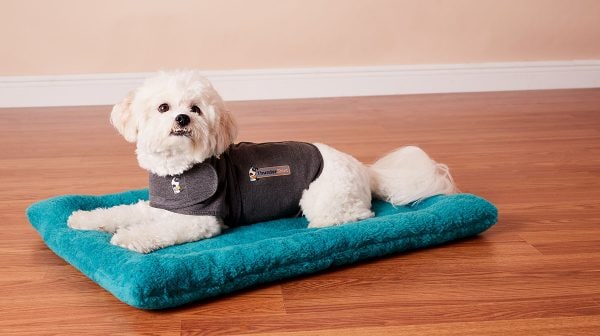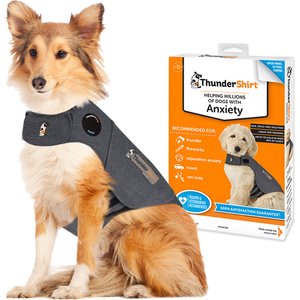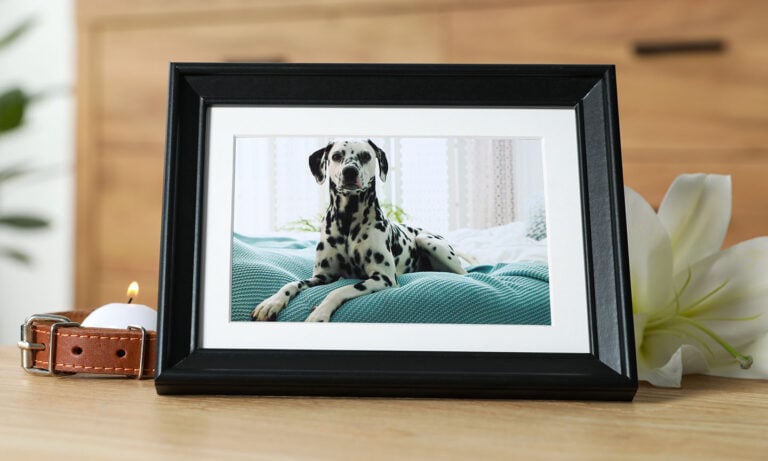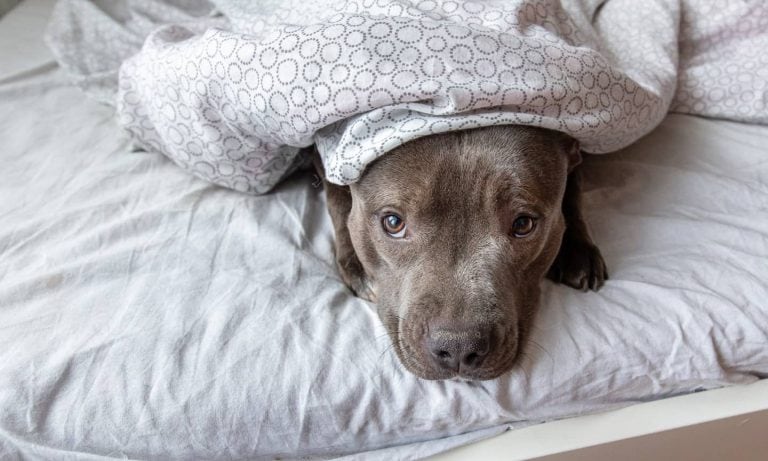Contributed by Dr. Diana Drogan, DVM.
Vet visits can be the ultimate stressors for pet. No matter how many times they’ve been, it never gets easier for some pups and kitties. But the good news is that there are several steps you can take to make your next trip a little easier for both you and your pet.
What you can do before the vet visit:
1. Reacquaint your pet with his carrier. Take the pet carrier out at least a week before the scheduled appointment so your pet gets used to it being around. This way, they know that it doesn’t always mean that when it’s out, they are definitely getting put into it. Put their favorite toy or some treats inside. Spray a calming pheromone like Feliway on the towel or bedding. Spray again before your pet is put inside, as the spray will keep them calm during travel. You may even consider leaving the carrier out all the time with the door open if they don’t already have a dog kennel they use daily. You will be surprised to see they may want to visit it when they are scared or even sleep in it on their own accord.
2. Take your pet for car rides for fun or to non-vet places. Head out to a playdate or quick errand that doesn’t require you to leave the car. That way they know that when they get to go for a ride, it’s not always going to lead to the vet’s office.
3. Medications can sometimes help. Your pet’s veterinarian has anti-anxiety medications with sedative properties that can calm your pet before the car ride to reduce travel anxiety. If your pet experiences vomiting or excessive drooling due to motion sickness when in the car, let your vet know so she can give you medication that will prevent nausea and keep their stomach calm for the ride.
Keeping your pet calm at the vet’s office:
1. Bring your pets to their vet just to say hi! Nothing tells them not to worry more than just going to the office to be weighed and get a treat from their favorite staff member. This is even more important for pets that visit regularly for nail trims or grooming appointments, which they definitely are not usually that fond of. Bringing them there on a day when nothing will be done to them shows them it’s okay to go to the vet all the time.
2. Ask for your vet’s advice. If your pet suffers from separation anxiety or other anxiety disorders, their veterinarian most likely already knows. Discuss with your vet how you can keep your pets calm in the exam room during the exam and for quick procedures, perhaps a ThunderShirt Anxiety & Calming Solution for Dogs or CozyVest 3-in-1 Anxiety Music & Essential Oil Aromatherapy Dog Calming Vest might help. In some cases, if you get nervous or upset when in the office, your anxiety can exacerbate their anxiety. If this is the case, it is sometimes better if your pet is separated from you during this time, so you may be asked to leave the room, or your pet may be taken to the treatment area.
3. Medications can help when you’re at the vet, too. Anti-anxiety medications with sedative properties also keep pets relaxed once they arrive so the veterinarian and staff can finish the visit faster and safer. This is especially true if your pet’s fear or anxiety has been known to cause him to bite or scratch.
Read More About Dog Anxiety
Share:











